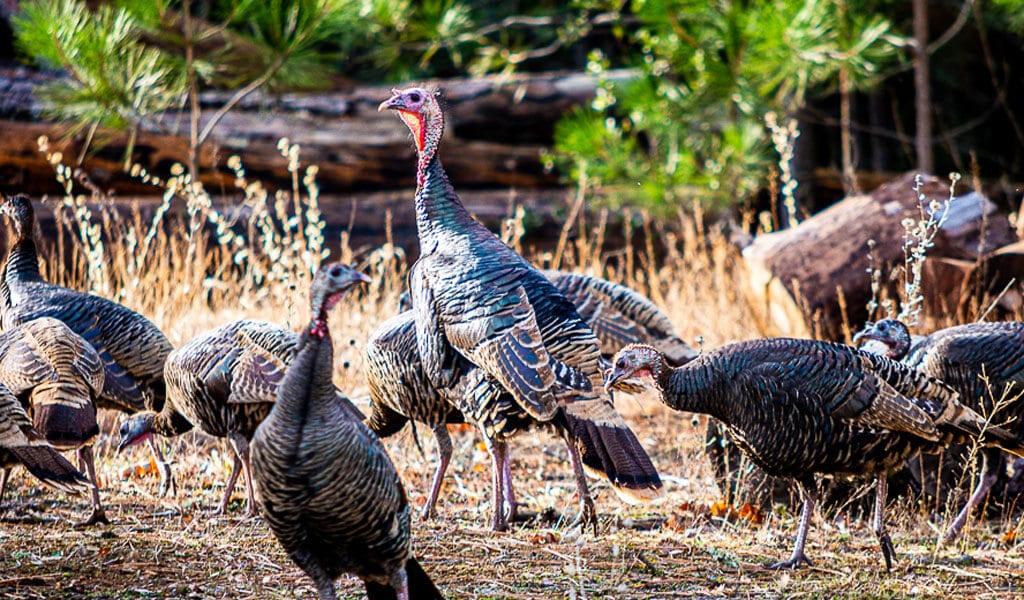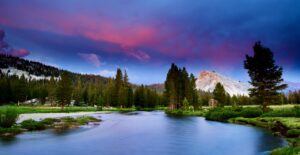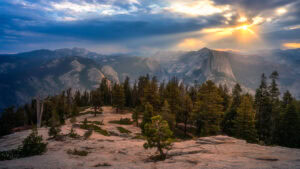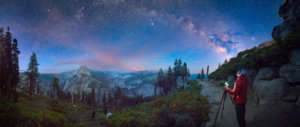Winters in Mariposa County brim with life. The rolling foothills radiate a vibrant green as billowing cumulus clouds roll through deep blue skies. Oak trees dot the landscape like benevolent caretakers, while the streams and lakes fill up with each passing storm. This lush winter landscape provides the animals “” and those who come to see them “” room to roam in a peaceful Gold Country paradise where the historic legacy of precious metals is matched only by today’s precious wildlife.
Winter Windfall
With fewer winter visitors in the area and more room for animals to roam, a broad range of accommodations and numerous bars and restaurants to choose from, Mariposa County is the perfect base camp for getting up close and personal to the happy animals that call this region home. Add to that average winter highs nearing 60 degrees and you have the ideal conditions for an easy mid-elevation weekend getaway of winter wildlife viewing. Here is a sample of what you might see…
Birds
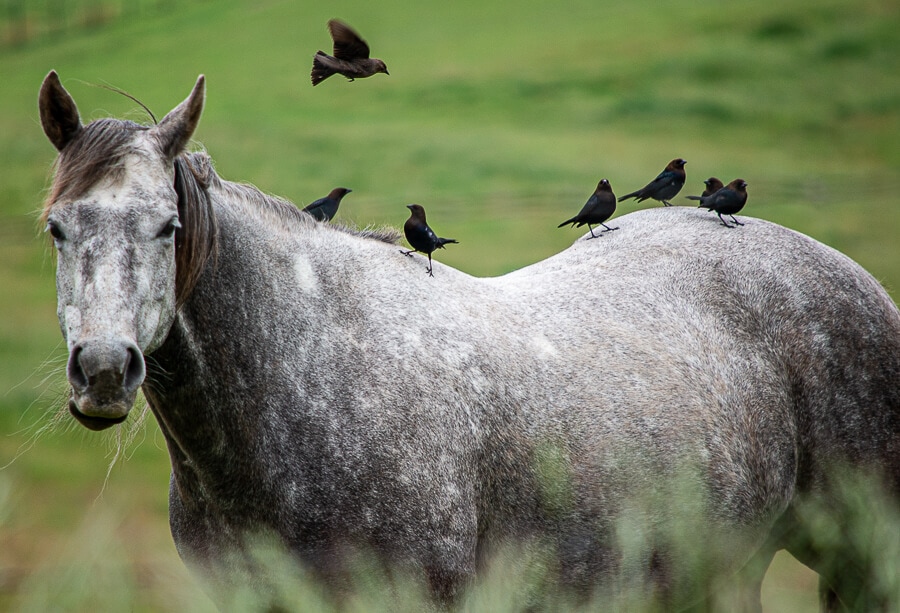
Yubbies (Young Urban Birders) and vested elders alike flock to Mariposa County for its unrivaled birding. It’s a year-round paradise for species that over-winter, as well as a crucial stopover for migratory birds as part of the famous north/south Pacific Flyway. Mariposa County offers prime viewing of countless feathered friends. From wild turkeys strutting their tail feathers as part of late-winter courtship to raptors soaring over 3,000 foot Bean Creek Preserve, from clown-faced acorn woodpeckers snacking on their winter stockpile to California quail bobbing their little bobbers at the Stockton Creek Preserve, our coolest season is easily accessible and just a short drive away. Bring your binoculars and a steaming thermos for maximum birding pleasure!
Turkeys
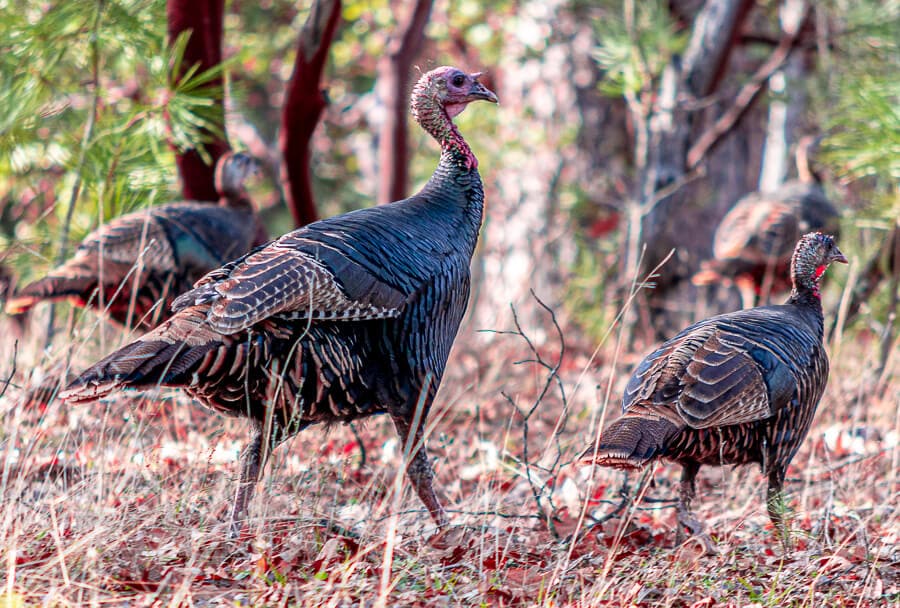
Are they birds? Yes. But do they fly? Well, sort of and only when convinced. Turkeys are a common sight in Mariposa County’s Gold Country year-round, but the winter is when they’re seen most frequently and in their greatest splendor. By winter, the season’s young have grown into young adults and the males of all ages have gone from scrawny ground-based birds to big, puffy flock leaders ready to show off their tail feathers and impress their potential mates to repeat the cycle. If you’re staying in the gold country you’re likely to see one or two flocks of turkeys meandering their way across the pastures. If you’re driving keep your speeds low, because you might encounter a Mariposa County traffic jam caused by a wayward flock of turkeys wandering across the road.
California Raccoon
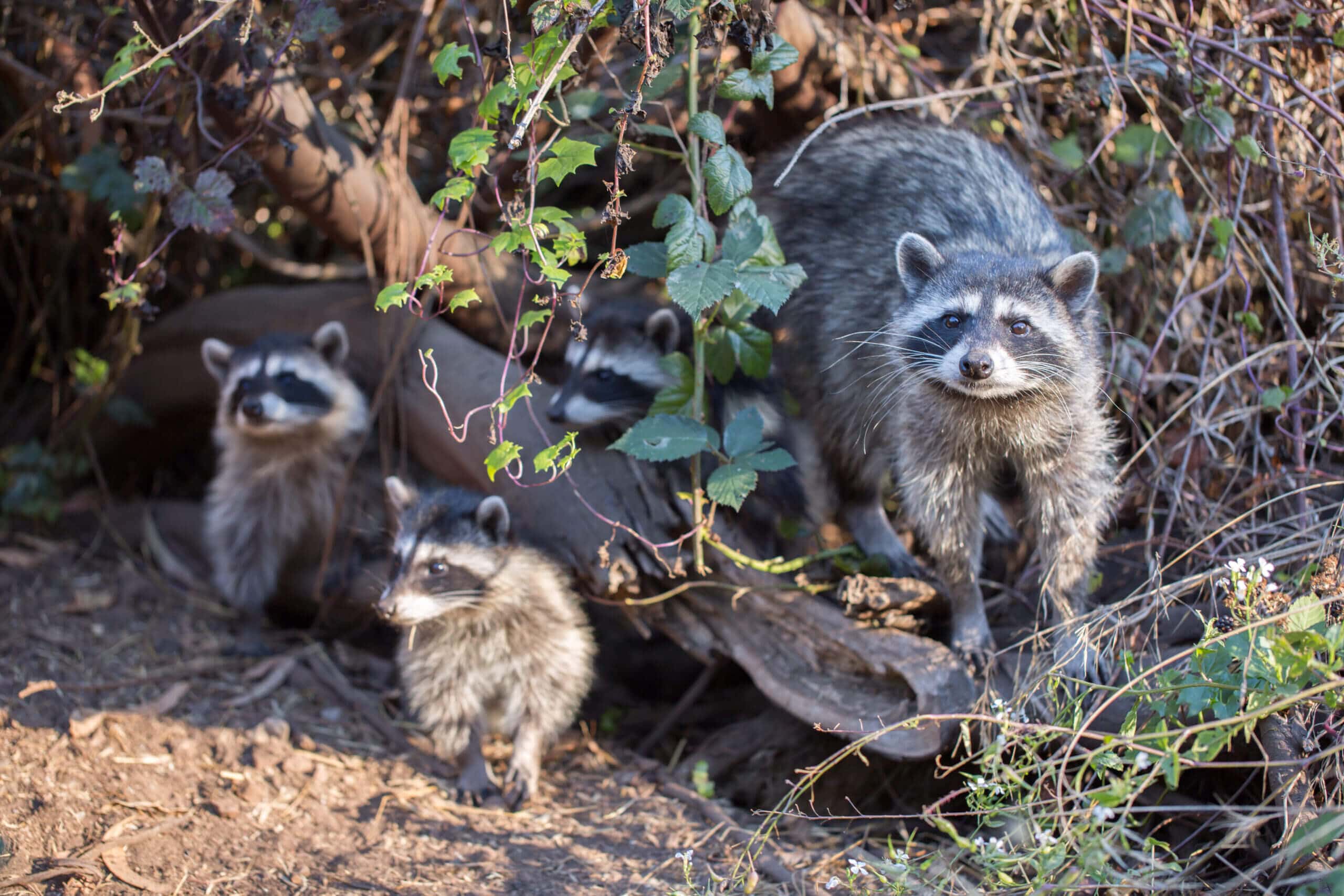
For those campers who have mistakenly left food out overnight, the California Raccoon (Procyon lotor psora) is an opportunistic if not bold purveyor of leftovers. With its cute, masked face and ringed tail, raccoons are primarily nocturnal omnivores that eat both plants and animals. Studies have shown that raccoons are extremely intelligent, and their little paws are so adept that they almost resemble human hands. Winter is mating season for raccoons, and the babies “” called kits “” are born blind but with their distinctive masked faces, while their thick gray coats help then stay warm in cooler Gold Country months.
Horses & Cows
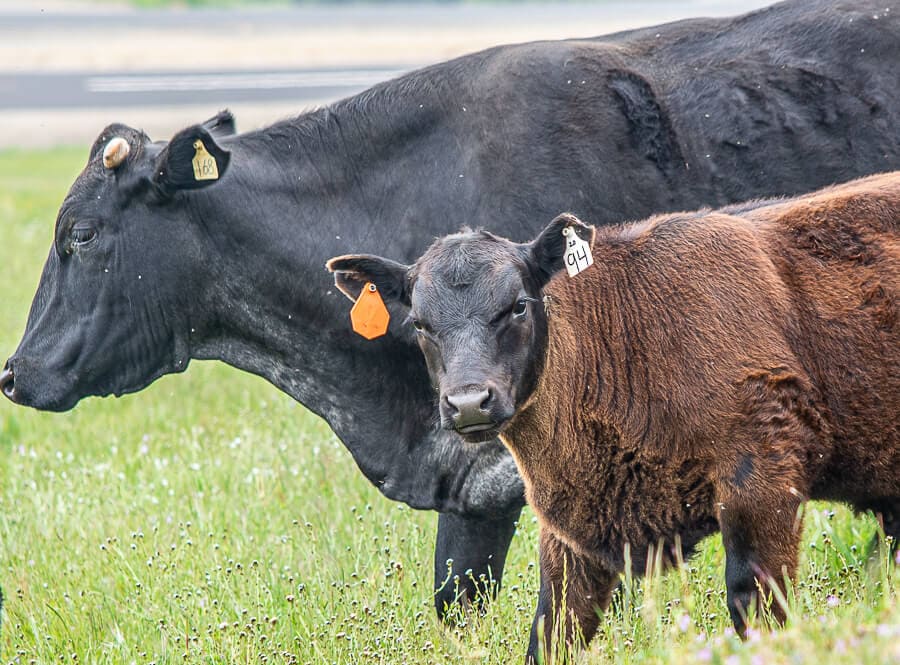
A dime a dozen, you say? Not in beautiful Mariposa County where a herd of cattle chomping fresh grass or a team of Appaloosas galloping through rolling ranch land instantly become a museum-worthy painting of the richest winter hues. Areas such as Hornitos and Catheys Valley in western Mariposa are renowned for their rich Gold Rush history, not to mention rich grazing for their prized livestock. What better viewing than a bike ride along country roads in the crisp winter air?
California Mule Deer
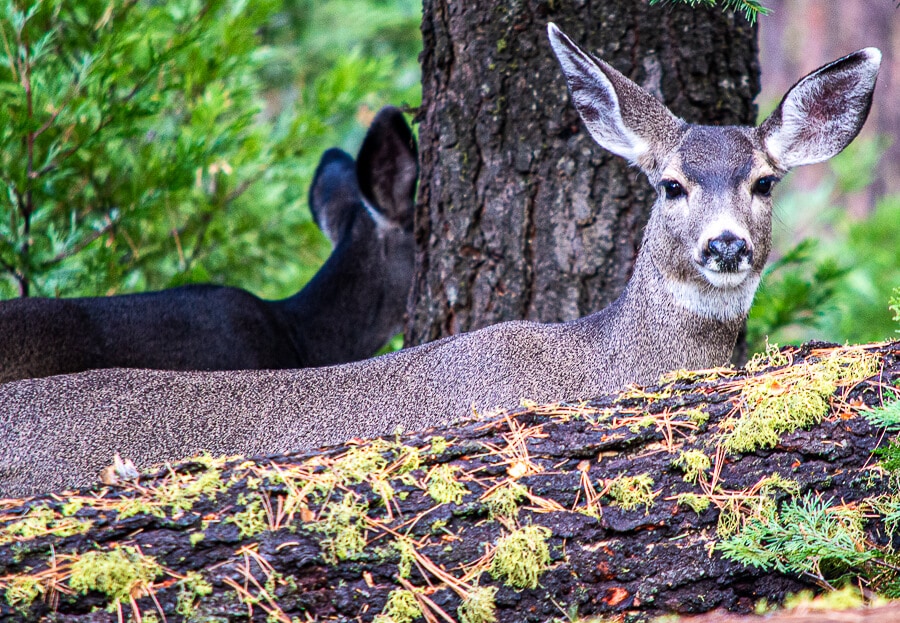
With their black-tipped tails and forked antlers, California Mule Deer (Odocoileus hemionus californicus) are commonly found grazing beneath majestic oaks or prancing along verdant hillsides. Winter is a time when fawns begin to venture farther from their mothers and learn to forage for themselves, while late in the season is when the bucks’ antlers fall off in anticipation of spring regrowth. Try early mornings and evenings for prime viewing.
Coyote
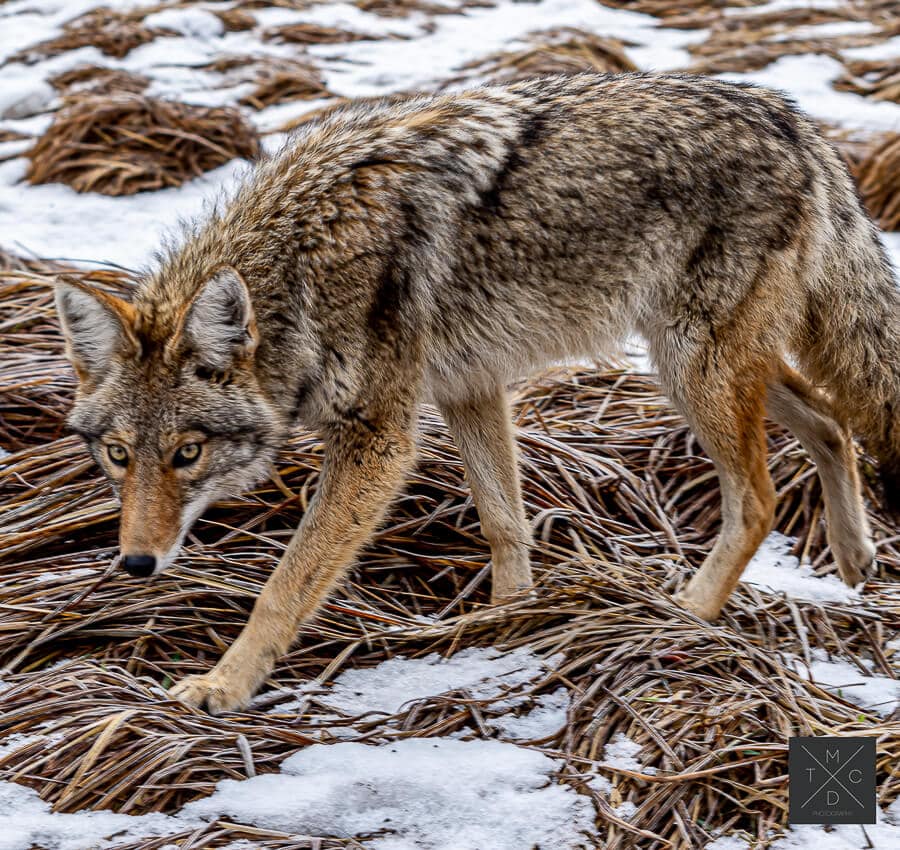
Known in Native American folklore as tricksters, coyote (Canis latrans) are a highly adaptive mammal with nearly twenty subspecies. Similar in appearance to dogs, adults typically weigh about 25 pounds and their tan-brown coats get increasingly dense in winter depending on how cold it gets. The bushy-tailed coyote is often heard more often than seen, with distinct vocalizations (often around sunset) ranging from howls to high-pitched yips and dog-like barks. Winter is breeding season for coyotes, while spring welcomes a litter of 5-6 pups.
Bobcats
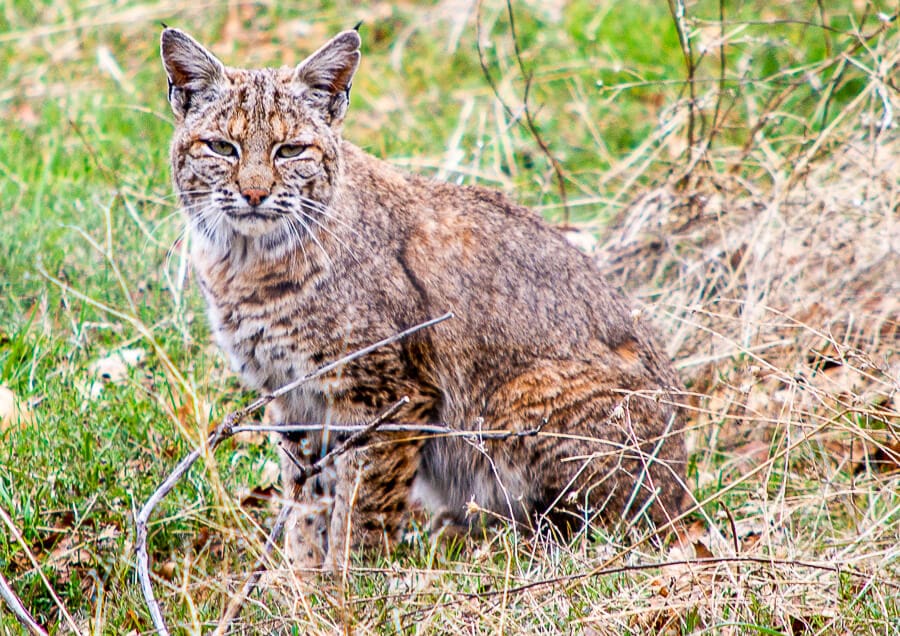
Just slightly larger than a typical housecat, but still just as quiet and sneaky, these are around in Yosemite Mariposa County’s Gold Country but count yourself lucky if you spot one. Known for their short “bobbed” tail and the tufts on their ears, these little fellows are silent predators that can be sometimes spotted in fields and pastures hunting mice. Keep your eyes out for “deer trails” areas on hillsides where the grass has been pushed down. These narrow trails are basically highways for animals. You’ll be most likely to spot a well-camouflaged bobcat around those areas.
Coffee With Critters
Okay, technically not “into the wild” but loads of fun with reliable results! The Kitty Hotel in Bootjack offers java & scones for their daily 1.5 hour Coffee With Critters breakfast tour. Guests can feed such animals as horses, chickens, goats and pigs, all while learning about their individual habits. This local homestead is also a working, compost-ready farm not to mention a local animal rescue. Good deeds, good vibes, and a blast for kids.
Supper & Siestas
No winter safari would complete without taking advantage of Yosemite Mariposa’s farm-to-table dining bona fides and world-class lodging. Whether you’re doing a deep exploration below the snowline in greater Mariposa County or extending your stay by including a wildlife viewing trip up the hill to Yosemite, there are plenty of choices of where to eat and where to stay. Winter camping is not out of the question, either, offering a unique opportunity to see nocturnal animals as well as shy creatures that prefer the quiet of the wilderness. If you’re in a sporting mood, try our Beast Mode Yosemite game board as an entertaining way for adults and kids alike to keep track of all the amazing animals you’ve seen!

